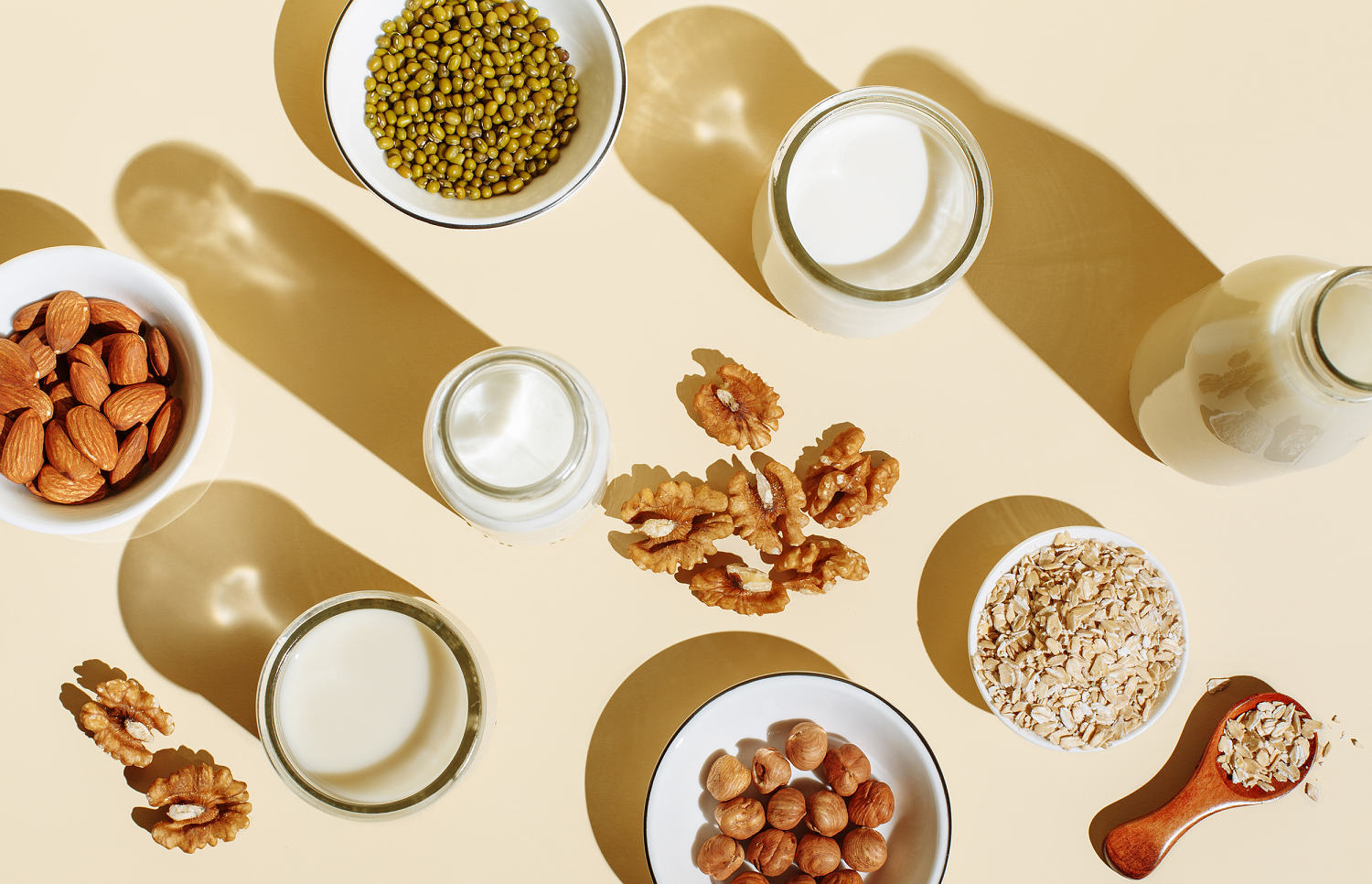The milk section of the supermarket can be downright confusing and overwhelming. Store shelves are flooded with many “milk” options, including multiple dairy varieties and countless plant-based choices. The average American consumes about of milk product per year and accounted for three billion dollars of revenue in the United States in 2020 — and by 2025 that number is predicted to increase to almost four billion.
Clearly, milk is a staple in the American diet, and choosing a healthy one can benefit your health. To help you navigate the dairy aisle, we've rounded up the healthiest milk options, including our top two picks and a few other noteworthy nutritious options. It’s hard to pick just one for the top spot, so here are two options that are nutritious, accessible and suitable for many different diets.

The word “milk” is synonymous with dairy, and although it gets a bad rap, cow’s milk tops the list in terms of nutrition. One 8-ounce glass of milk has , as well as 13 other essential vitamins and minerals. That’s why the recommends all adults get 3 servings of dairy daily.
Cow’s milk is known for its high concentration of calcium and vitamin D. The two nutrients work together to support bone health. It also contains B vitamins, vitamin A and potassium, nutrients that contribute to metabolism, energy, eyesight and blood pressure.
There are several varieties of cow’s milk, including skim, 1%, 2% and whole. All types have the same amount of protein, but th.
















